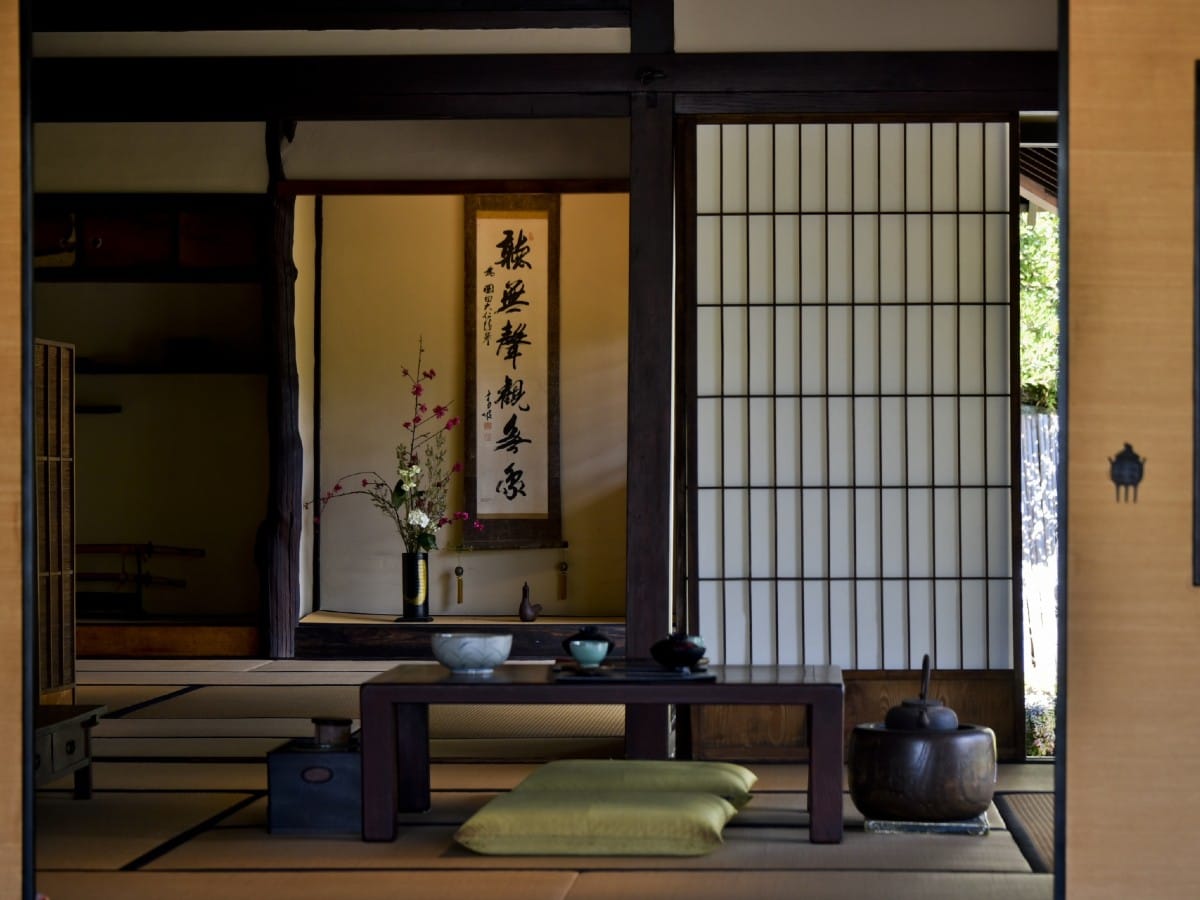- Tags:
- everyday life / Home
Related Article
-

Charming Storage Box Set Will Let You Fill Your Home With Bunnies
-

Don’t Leave! This Cat Can’t Stand The Thought Of Staying Home Alone
-

Toei Kyoto Studio Park: Experience The Thrilling World of Japanese Hollywood (Part 2)
-

Japanese Artist Turns The World Around Us Into Food In Charming Illustrations
-

Blurring the line between work and play: “workation” rentals become a thing in Japan
-

Shin Noguchi Captures The Charming And Odd Of Everyday Life In Japan With Street Photography



I can still remember stepping off the plane when I arrived in Japan some years ago. Homeless, friendless, and phone-less, I was incredibly nervous and daunted by loudspeakers barking in a language I hardly understood. As I looked for a bus to the city, I was overwhelmed by everyone's efficiency of movement. They knew what they were doing and where they were going, while I could barely determine the sky from the ground.
After some awkward conversations in broken Japanese, I was hustled onto a bus bound for Kobe, a port city in Kansai. I was to meet a realtor later in the day who would help me find an apartment. Still, I needed a few necessities, so I headed to a shopping center beforehand.
YouTuber Life Where I'm From offers a plethora of videos on his channel. He highlights various aspects of living abroad but mostly focuses on everyday life in Japan. His content reminds me of when I arrived and provides an excellent orientation for anyone who has ever considered living in the land of the rising sun.
Shopping Malls in Japan
Although Japanese culture and lifestyles are very different from western countries, there are superficial similarities. For me, I was shocked by how similar major shopping depots are to those back home.
Life Where I'm From hit up his local AEON, a major retail mall in Japan. Despite the elaborate ガチャガチャ toy vending machines, the entire venue seems reminiscent of its North American counterparts. There are countless clothing retailers, shoe shops, jewelry stores, and so on.
For me, the most amusing part of Japanese malls is the food courts. They feel like something out of Bizzaro World. Outwardly, the restaurants appear almost the same. Yet, they have unheard-of items like okonomiyaki, chicken and egg rice bowls, fried pork, and other Japanese staples for sale. Nevertheless, there are enough pizza and burger stands to choke a horse. Some things are universally popular.
Japanese Apartments
Later, in the evening of my first day in Japan, I finally met my realtor, who picked me up at the shopping mall and took me to an apartment. As we toured the facility, I was relieved that it was a modern Japanese style. For those unaware, this means that it is western in many respects with beds and the like and a notable lack of tatami mats and other traditional effects. It was a lot like this:
Although westernized, shoes are not allowed. This is a given and universally true throughout the country. Most apartments are simple studios or 1,2, or 3LDKs. Although a bit cozier than back home, they are easy enough for anyone to navigate. The notable differences are likely the kitchen and bathroom.
I should mention that moving in was incredibly expensive by international standards. I needed first and last month's rent, as well as a deposit and an unredeemable fee known as "key money." Furthermore, a sponsor is usually required, especially in the case of foreign renters. Fortunately for me, my company at the time supported me. Still, others may be forced to interact with guarantor companies, insurance companies that will essentially protect the landlord should you flee the country. Most renters expect to put down about six times rent as they sign the lease.
Beyond these burdens, however, renting in Japan can be even more challenging for foreigner residents.
Kitchen and Bathroom
As hinted, Japanese kitchens take some getting used to:
If you're North American, you'll probably notice a lack of a dishwasher. Residents wash dishes by hand and dry them on a rack. There is also no oven, but a stove-top burner with a special tray for baking fish. Numerous other devices like a rice cooker, griddle, and takoyaki (octopus ball) grill pan are also commonplace.
There are two major pain points in the kitchen for me. With all the electronic devices, there is hardly any counter space. An overly large sink does not help the situation. Furthermore, countertops are intentionally set low—Japanese homemakers are typically petite. A full-grown western male, I have to bend awkwardly as I cook and often leave the kitchen with lower back pains.
Bathrooms, on the other hand, are pretty striking:
First and foremost, “bathrooms” are separated into three distinct areas: the toilet room, a sink space with a mirror, and a separate room for a shower and bath. While I initially thought this was odd, it’s incredibly convenient. Whenever a roommate takes a shower, the toilet and sink remain available. And everyone still gets their privacy.
There are other notable characteristics, too. Toilets are futuristic and very comfortable. They often include a bidet and seats that can be heated during winter. Shower rooms are closed off and completely tiled so that water can be sprayed willy-nilly. In Japan, most people take a bath at night, so one is included. Some apartments have an electronic display that will automatically draw a bath or reheat the water while you wait. When finished, the water can be siphoned into the washing machine and reused.
Homeless in Japan
An apartment of one's own is wonderful, but not everyone in Japan is so lucky. There is a homeless population in the country that typically congregate in so-called ドヤ doya slums like Nishinari-ku in Osaka. Life Where I'm From published an informative series on the issue. Part one of five is featured below:
Although the problem is widespread, it is relatively limited compared to other countries. Fortunately, drug abuse is not a problem in this population, so related issues such as discarded needles and infections are not prevalent.
In my few interactions with the homeless, they were reserved and never aggressive. I've been approached for pocket change a few times, but have also seen others deny 10,000 JPY ($93) from strangers. Although homeless individuals have historically been neglected, attitudes are fortunately changing for the better. Check out the rest of the series if you can; it is very in-depth.